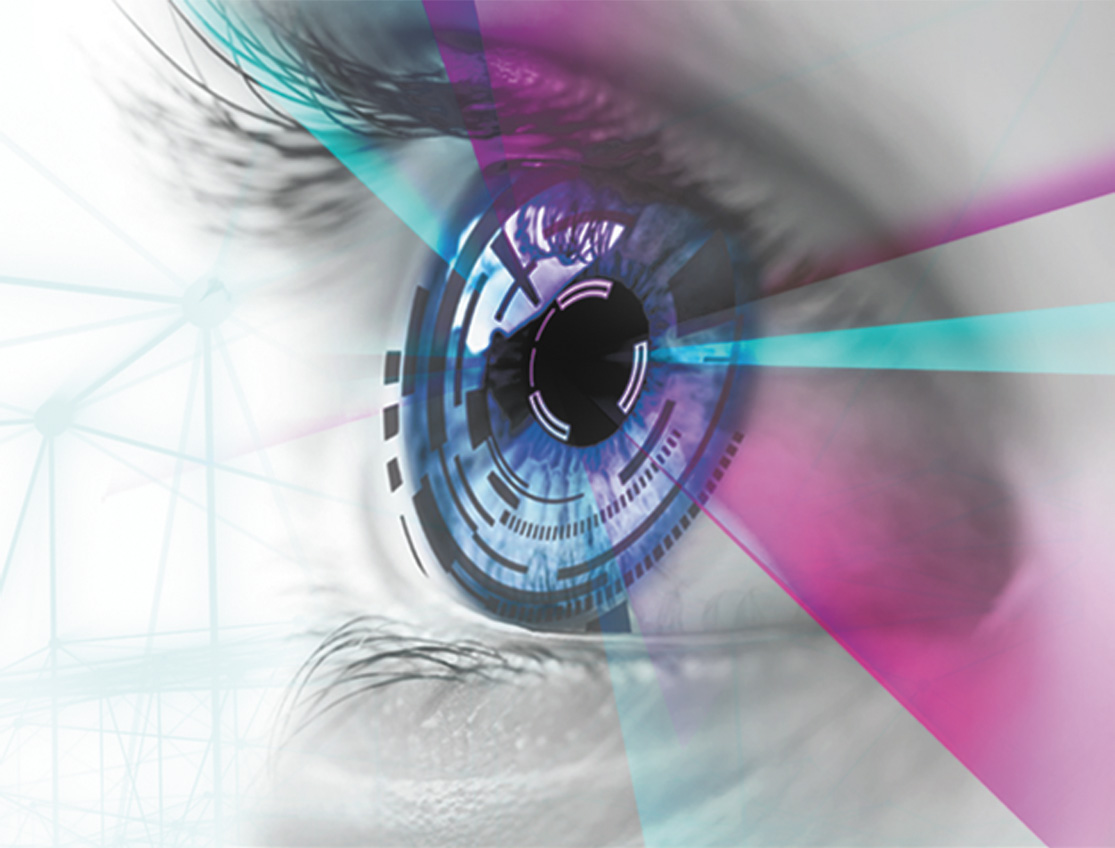Lee Health’s HealthyNews Blog
This month, Lee Health became the first health system in Southwest Florida to offer a non-invasive technology that destroys liver tumors without the need for incisions. The Edison System gives hope to patients with liver tumors who previously had few treatment options. The non-surgical, non-invasive treatment represents a major advancement in cancer care.
“This innovative technology is truly a game changer for many liver cancer patients,” says Dr. Mark Bloomston, a board-certified surgical oncologist with the Lee Health Cancer Institute. “The Edison System offers a powerful complement to chemotherapy, with the ability to precisely target tumors while preserving healthy blood vessels.”
Addressing the challenge of liver cancer detection
Early liver cancer symptoms are often vague and can cause delayed detection, making treatment more challenging by the time diagnosis occurs. Standard treatment protocols after confirming a tumor with imaging and biopsy typically involve chemotherapy and/or surgery, when possible. However, many patients face limitations with these traditional approaches due to underlying health conditions, tumor location, or treatment tolerance issues, Dr. Bloomston says.
What makes the Edison System different
The Edison System uses histotripsy, which delivers concentrated ultrasound pulses to create microscopic vapor bubbles within the targeted tumor. The sound waves are strong but directed only to the tumor to be treated, sparing surrounding healthy tissue and blood vessels.
The sound waves create tiny bubbles within the cells of the tumor. The bubbles then expand and collapse quickly, releasing energy that breaks down the cells of the tumor tissue. Essentially, the tumor is liquified at a cellular level.
What sets the Edison System apart is its remarkable precision and real-time visualization capabilities. The platform allows surgeons to control the entire procedure using advanced imaging and robotics under continuous real-time control.
The procedure is performed under general anesthesia, but patients typically experience minimal discomfort during and after treatment. Most patients can complete the treatment in a single session, but it can be repeated if necessary.
Because the Edison System is non-invasive, many patients can return home the same day, experiencing shorter recovery times compared to traditional treatments. The procedure can be performed in an outpatient setting.
“As a surgeon, it’s rewarding to be able to offer a procedure where we can precisely destroy liver tumors without using a scalpel or needles, hopefully enabling the patient’s quick recovery while avoiding certain complications like surgical site infections or liver injury common with other modalities,” Dr. Bloomston says.
Who can benefit from histotripsy
The Edison System is specifically designed for patients with primary or metastatic liver tumors who are not candidates for surgery. This includes patients with underlying health conditions that make surgery too risky, tumors located in difficult-to-reach areas, or complex tumor presentations that traditional surgery can’t address safely.
Histotripsy is particularly valuable for patients with hepatocellular carcinoma (primary liver cancer) who also have cirrhosis.
“Most patients with cirrhosis typically can’t have a surgical procedure because of the risk of liver failure afterwards,” Dr. Bloomston says. “But now we’re talking about doing something for the liver without having to operate on it, greatly lowering that risk.”
Candidates must have tumors confined to the liver and undergo a comprehensive evaluation by their oncology team to determine suitability for this non-invasive method.
However, not every tumor is suitable for histotripsy treatment. The ultrasound waves can only penetrate to certain depths in tissue; therefore, careful patient and tumor selection is essential to ensure the best outcomes, Dr. Bloomston notes.
Is histotripsy safe?
Studies have shown that histotripsy is a safe and effective addition to treatments currently available for cancer and liver tumors. Early clinical trials demonstrate impressive results, with a histotripsy success rate of 95.5 percent.
Breakthrough immune system benefits
Histotripsy’s most compelling feature may be its promise of empowering the body’s cancer-fighting capabilities. When a liver tumor is liquefied, the proteins that were on the tumor’s surface remain displayed to the immune system, allowing it to develop specificity for that type of tumor and seek out other cancer cells throughout the body.
This phenomenon, known as the abscopal effect, has shown promising results. In over 2,000 patients treated, many have experienced shrinkage of untreated tumors after having one tumor treated in the liver.
Over time, the body’s immune system removes the debris from the broken-down tumor tissue, and the treated cavity gradually shrinks as the immune system processes the liquefied tumor material.
Looking toward the future
While currently FDA-cleared only for liver tumors, histotripsy’s potential applications extend far beyond. Clinical trials are underway for pancreatic and kidney cancers, which Dr. Bloomston calls “the holy grail” due to the complexity and risks associated with traditional surgical approaches for these conditions.
The trial for kidney tumors is expected to be completed around the time Lee Health’s system becomes operational, potentially expanding treatment options by next year.
Mark Bloomston, MD – Cancer Institute – Surgical Oncology
Lee Health – LeeHealth.org







